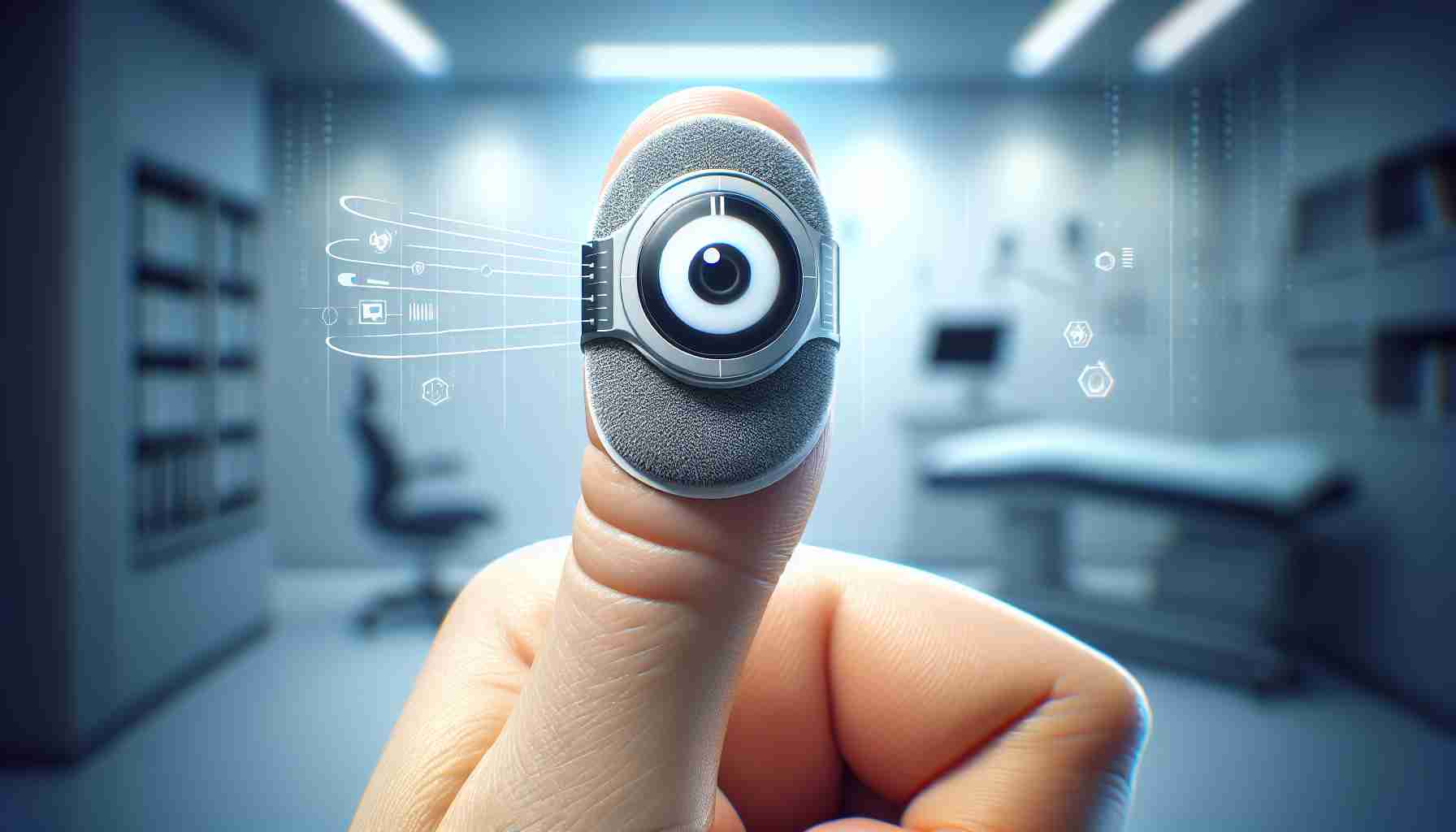An eye for the future: Researchers from the Electronic Science and Technology University and the Sichuan Provincial People’s Hospital, among other institutions, have made considerable strides in the battle against severe myopia. Myopia, or nearsightedness, is like an overinflated balloon, where the eyeball stretches outwards and thins, potentially leading to worsening vision or even blindness, particularly in severe cases. This collaborative team has designed a revolutionary wireless and battery-free patch for eye modification, aiming to aid in managing the disease’s progression.
A glimpse into surgical intervention: Patients suffering from severe myopia face the risk of irreversible elongation of their eyeballs. A procedure commonly known as Posterior Scleral Reinforcement (PSR) surgery tries to prevent further deformation by reinforcing the area around the macula at the back of the eye. This surgery, however, involves considerable intricacy and skill, presenting an element of uncertainty.
Electrolytic actuation to the rescue: The new treatment involves a patch, powered by electrolytic bubble actuation that is both wire-free and does not require an internal battery. The team’s dedication and insight brought forth a flexible and comfortable design, greatly simplifying the surgeon’s task during the delicate implantation process.
Lights guiding the way: To aid the surgical process, this diminutive patch boasts a plethora of integrated functions, one being a positioning indicator light that helps ensure accurate placement over the required treatment area. Once in place, an array of technologies, from electrochemical micro actuators to drug-releasing microneedles, works in concert within the eye.
The pressure is on: At the heart of the patch’s functionality is its ability to press against areas of the eye that are protruding due to myopia, helping to shorten the elongated eyeball. Subsequent to this, the patch’s microneedles release riboflavin into the sclera, and upon activation of embedded micro-LEDs, the scleral collagen undergoes crosslinking, reinforcing the eye’s structural integrity.
Promising outcomes on the horizon: Though clinical application is yet a distant goal, initial experiments on rabbits and pigs have shown promising signs, indicating a significant reduction in eyeball elongation and a substantial increase in scleral strength. In bridling severe myopia, this patch not only combines the best of PSR and scleral crosslinking techniques but also heralds a new era of controlled, battery-free, minimally invasive treatment strategies for the condition.
Severe myopia and contemporary treatment strategies: Myopia, commonly referred to as nearsightedness, affects a significant portion of the global population, with severe myopia posing a high risk of vision impairment and blindness. Current treatment strategies for myopia progression include corrective glasses or contacts, pharmaceutical agents like atropine eye drops, and various surgical interventions to stabilize the shape of the eye and prevent further deterioration.
Challenges in myopia management: Managing severe myopia presents numerous challenges, with earlier interventions typically being more beneficial. Ensuring patient compliance can be difficult, especially in pediatric populations, and traditional surgeries carry inherent risks such as infection, complications from anesthesia, and variable outcomes based on surgeon expertise.
Advantages of the new patch: The wireless and battery-free patch developed by the Chinese researchers could represent a significant advancement in myopia treatment. Its advantages include:
– Minimally invasive application compared to traditional surgeries.
– The absence of wires and batteries reduces the risk of complications and allows for greater patient comfort.
– Embedded technology, like microneedles releasing medication, offers a controlled treatment method that actively works to reshape the eye.
Disadvantages: Potential disadvantages or challenges related to the patch may include:
– The necessity for long-term studies to confirm safety and effectiveness in human subjects.
– Possible issues with the patch dislodging or shifting after placement.
– Ensuring equal access to such advanced treatments, possibly resulting in socioeconomic disparities.
Key Questions:
– What are the long-term effects of the patch on eye health? Detailed human studies and follow-up are required to ensure the safety and efficacy of the patch over an extended time.
– When could this patch be available for widespread clinical use? Clinical trials in humans, regulatory approval processes, and manufacturing scale-up will determine the timeline for availability.
– How will this technology integrate into existing myopia management protocols? It will be imperative to establish when this patch should be employed in the treatment timeline and how it complements other interventions.
Controversies: There might be ethical and socioeconomic discussions regarding the affordability and accessibility of such advanced treatments. It is crucial to ensure that breakthroughs are disseminated equitably across different populations.
If you are interested in more information on myopia or innovations in eye care, you may visit reputable health or medical research websites such as the National Eye Institute at NEI or the World Health Organization at WHO. Always make sure to consult healthcare professionals for advice on specific medical conditions and treatments.
